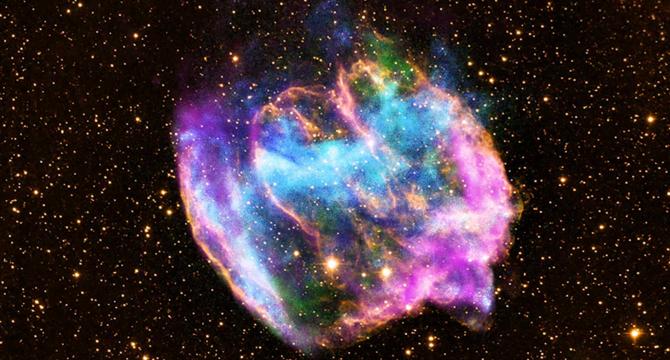Brighter Side of News
1M
22

Image Credit: Brighter Side of News
New supernova discovery may hold key to the history of the Universe
- Type Ia supernovae have been crucial for measuring the universe's expansion for over 30 years, revealing its acceleration in the late 1990s and the existence of dark energy.
- The Zwicky Transient Facility (ZTF) has released a groundbreaking dataset of 3,628 Type Ia supernovae, shedding new light on cosmological measurements.
- These supernovae serve as 'standard candles,' aiding in distance calculations across the universe, but many aspects of them remain enigmatic to scientists.
- The ZTF dataset, with its rapid and deep sky scanning capabilities, captures supernovae early in their explosion, providing valuable insights into their evolution.
- By reducing uncertainties through refined measurements, Type Ia supernovae have become precise tools for cosmic distance calculations.
- The ZTF dataset challenges the standard model of cosmology by providing unprecedented amounts of data that may lead to new discoveries and refine existing models.
- Inconsistencies like the Hubble constant discrepancy and deviations in the dark energy equation of state suggest potential new physics beyond the current model.
- The ZTF team's aim with the new dataset is to address fundamental questions in physics and cosmology, offering insights into the universe's composition and expansion.
- This dataset opens doors for researchers to explore Type Ia supernovae with an exceptional level of precision, potentially uncovering new physics or clarifying existing discrepancies.
- This significant step forward in understanding the universe's history and fate through supernova observations emphasizes the importance of ongoing cosmological research.
Read Full Article
1 Like
For uninterrupted reading, download the app